CHESS VS REAL-TIME STRATEGY GAMES
Chess has stood the test of time and is unrivaled in popularity and prestige. Relatively recently, meaning over the last three decades or so, real-time strategy (RTS) games have gained enormous popularity. None more so than StarCraft II (SCII) from Blizzard Entertainment. SCII has become the gold standard of RTS games.
The computer
This is almost too basic to mention, but it is a very important point.
Chess can be taken anywhere and played anytime.
There are some great chess sets to take with when traveling or just going to a picnic.
On the other hand: no computer - no RTS.
Pardon - no electricity, FAST computer, 3D graphics card, quality monitor, headphones, trusty mouse and keyboard, FAST low latency network or Internet connection - no RTS.
Turn-based vs Real-time
In chess, each player has to wait for the other player to make a move before he/she can make the next move, even if there is a time limit per move.
In a real-time game each player can make as many consecutive moves as possible, as fast as possible.
Commands to single units or to units that have been allocated to teams, can be cued.
If this were applied to chess, I cannot help but see an image of a spiteful child with king in hand knocking over all the other player’s pieces.
Terrain
Chess has 64 squares of terrain and it never changes.
Even when you switch from playing white to playing black, the terrain (the “map”) stays the same - you just look at it from a different angle.
In fact, some chess afficionados do not need a chess board or pieces at all.
They just play by calling out moves, keeping track of the position of all the pieces on the board in their minds.
RTS games like SCII are played on many different maps, with very different terrain, elevation and choke points.
In fact, certain units cannot traverse certain types of terrain at all.
Fixed number of pieces vs Maximum number of units
One king, one queen, two bishops, two knights, two rooks and eight peons.
All available and ready for action from the start of the game.
If one piece attacks another, the targeted piece is immediately down.
All armor and health (hit points) is depleted instantly.
On the other side of the spectrum things are very different.
The game is started with about eight units to gather different resources, which are needed to build structures, which are required to build (or train) fighting units.
Some structures are required to build more advanced structures in which to train more advanced units with more speed, more attack strength, more hit points and further attack range.
Some structures are required for research to increase the speed, attack strength, range or other special abilities of a category of units or even one specific unit only.
Ah yes, and all of this costs money (resources).
Resources are depleted and new resources must be harvested (mined or collected) to finance the war-machine.
Games are often won by a well-timed attack on units gathering resources.
If units are lost and a player has enough resources, he or she can quickly re-max their unit count,
often with a different unit composition which is better able to defeat the opponent’s choice of units.
Team games
This is a popular feature of RTS games where multiple players can play in teams with separate units, jointly control the same units, or just bash it out in a free for all.
Prestige and fan base
We are familiar with many chess legends, like Gary Kasparov, Nona Gaprindashvili, Bobby Fisher, Boris Spassky, Vasyl Ivanchuk and many more.
Currently, Magnus Carlsen from Norway is the top ranked classical chess player and also
the top ranked rapid chess player.
Alireza Firouzja, born in Iran in 2003, is currently the top ranked blitz chess player.
Nihal Sarin from India recently defeated Hikaru Nakamura in an epic game of blitz chess.

Magnus Carlsen

Alireza Firouzja

Hikaru Nakamura
SCII has been squarely dominated by South Korea - until recently.
Enter Joona Sotala from Finland, playing under the fear-instilling name of “Serral”,
aka “The Night King”, aka “The Finnish Phenom”, aka “The Finnisher”,
arguably the Greatest of All Time (the GOAT) in SCII’s short history.

Joona Sotala

Stats vs Serral PvZ - Grand Final - 2018 WCS Global Finals - StarCraft II
Chess is seen by many as an established measure of intellect, while SCII is viewed more as a game with huge entertainment value.
Limited Time vs Actions Per Minute (APM)
Fast Chess (aka Speed Chess) can be subdivided into 3 popular subcategories:
- Rapid Chess (also referred to as Quick Chess or Active Chess) More than 10 minutes and less than 60 minutes for a game. For the FIDE World Rapid Chess Championship, each player has 15 minutes plus 10 seconds additional time per move starting from move 1. In a game consisting of 60 moves, giving 30 moves per player in 15 minutes plus 30 x 10s = 300s for a total of 35 minutes, this amounts to 0.86 moves (actions) per minute, or 0.86 APM.
- Blitz Chess 10 minutes or less per player. For the FIDE World Blitz Chess Championship, each player has 3 minutes plus 2 additional seconds per move, starting from move 1. In a game consisting of 60 moves, giving 30 moves per player in three minutes plus 30 x 2s = 60s for a total of 4 minutes, this amounts to 7.5 moves (actions) per minute, or 7.5 APM.
- Bullet Chess Less than three minutes per player, based on a 40-move game. Bullet Chess is mostly played online. In a game consisting of 60 moves, giving 30 moves per player in three minutes, this amounts to 10 APM.
RTS, on the far side of the speed spectrum, relies on mind-boggling activity. Players like Serral play at speeds of around 400 APM, with bursts of even higher speeds.
Injury facts and myths
Carpal Tunnel Syndrome is apparently not such a big concern among professional RTS players.
With proper posture, ergonomics, exercise and enough rest, RTS players can keep their wrists healthy.
Extremely fast flashes of images on the computer screen can take its toll,
but RTS gaming does not seem to be as dangerous as watching Pokemon.
I will rather not mention the graphic injuries suffered by the units of RTS games. “Battle chess” exists, but graphic unit destruction is not built into the fabric of chess.
The fog of war
A major part of RTS games like SCII is known as the fog of war.
Unlike chess, you cannot see what moves the other player is making if you do not send in units to scout and observe.
Great RTS players spend a large amount of resources, effort and APM to see what the other player is doing.
This means that many RTS games can be won by good scouting and speedy reactionary tactics, rather than calculating many moves in advance.
How to summarize?
Chess teaches to thoroughly analyze what is seen and consider scenarios many steps ahead.
It has had a grand impact on the cognitive development of children through the ages.
SCII teaches to investigate what is not seen and to react swiftly and flexibly.
It will exercise extreme multitasking and hand-eye coordination, with off-line musing and strategizing,
but the best strategies may fail because of slow or sloppy execution, or simply being caught by surprise from under the fog of war.
Can RTS have the same impact on cognitive development? My humble opinion is no. At least, the impact will be quite different.
Whoop! The power just went out in another blackout... I’m fetching a candle, a glass of wine and my favorite chess set...


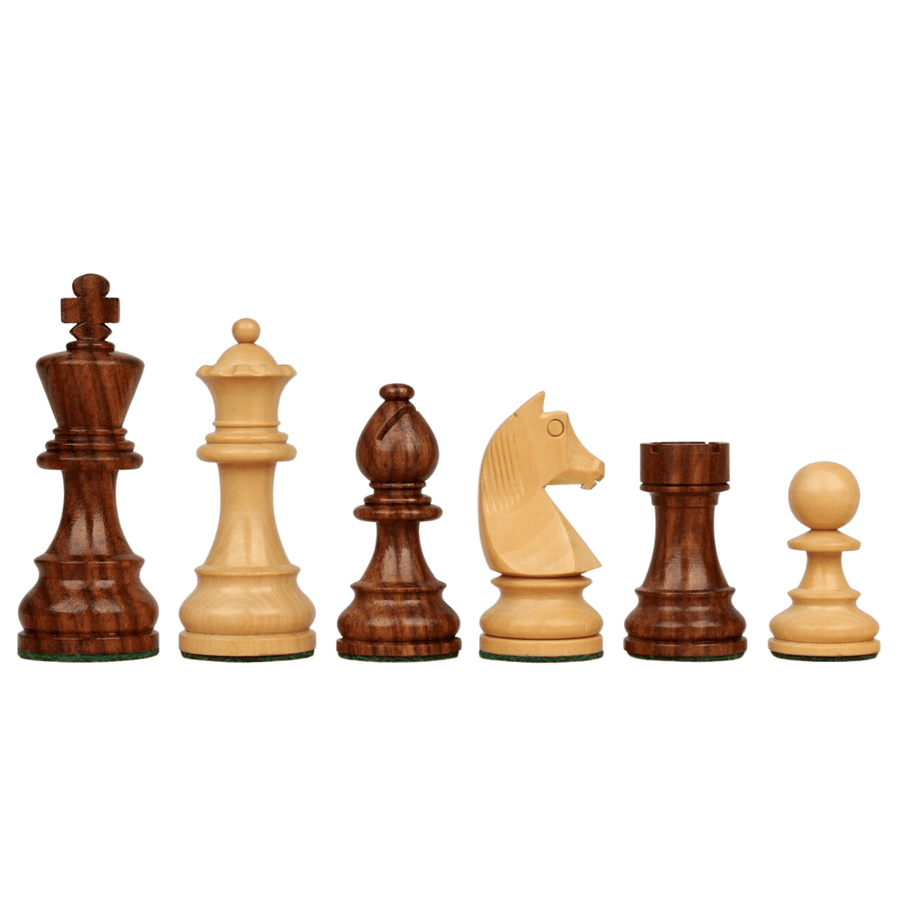
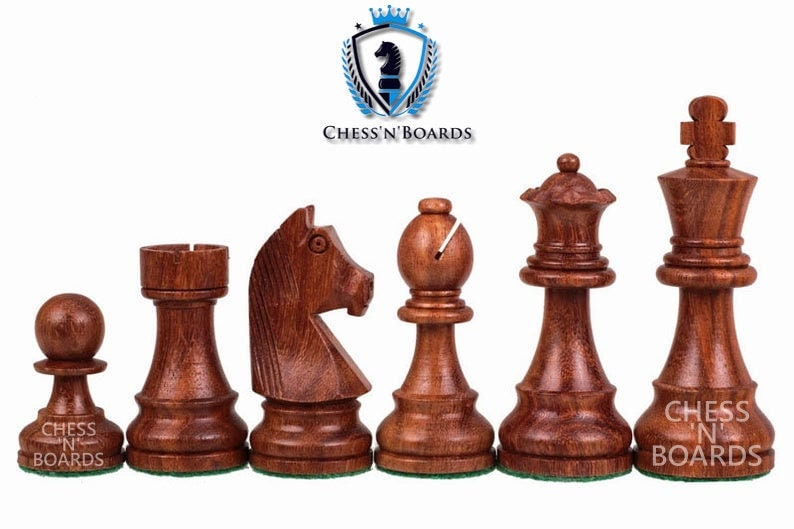
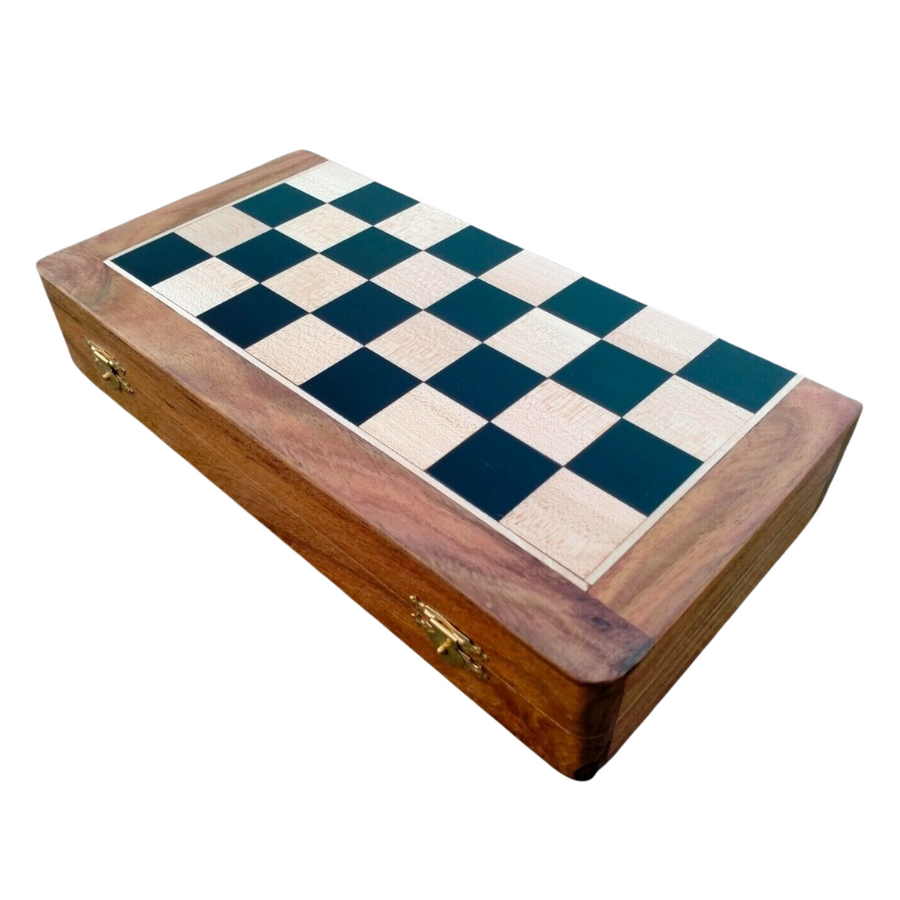
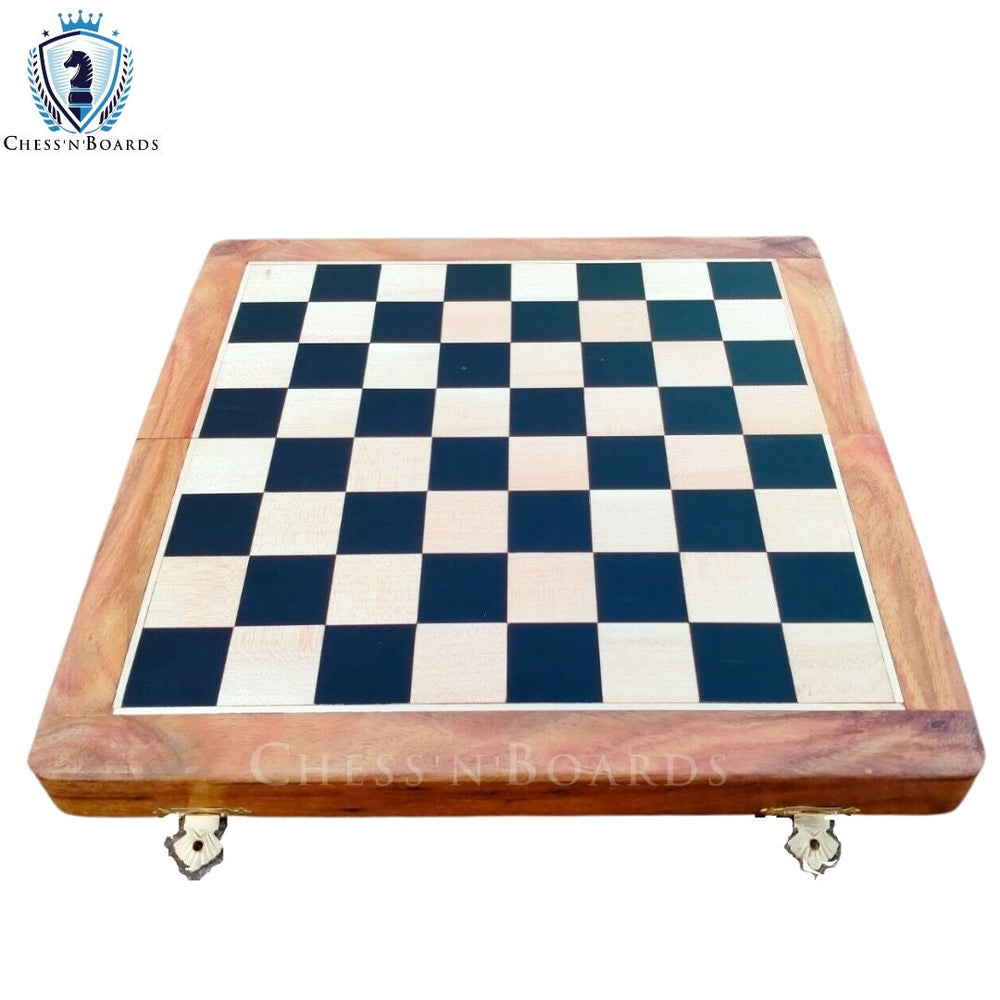
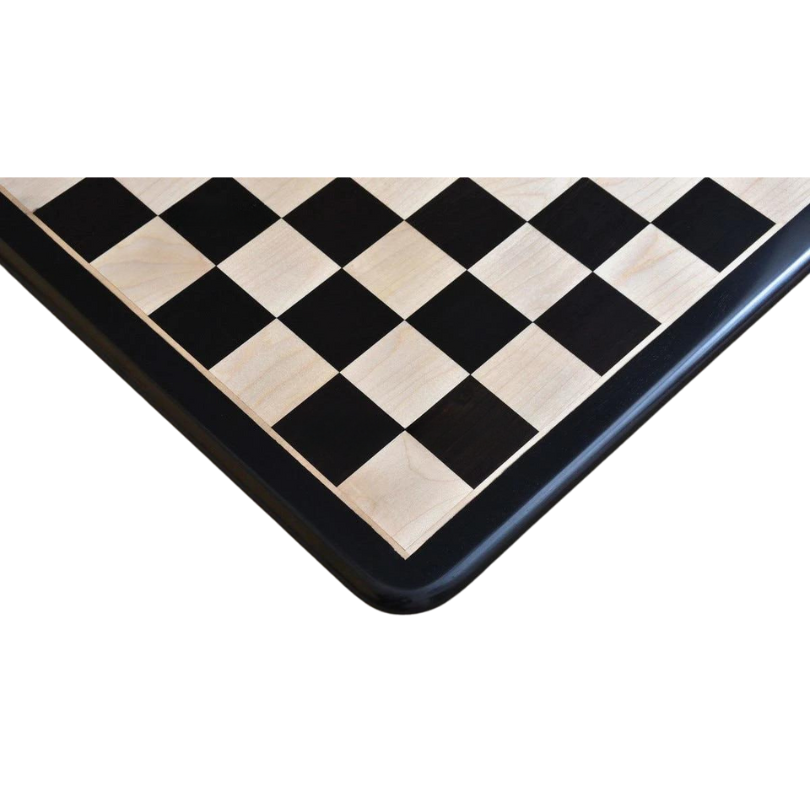
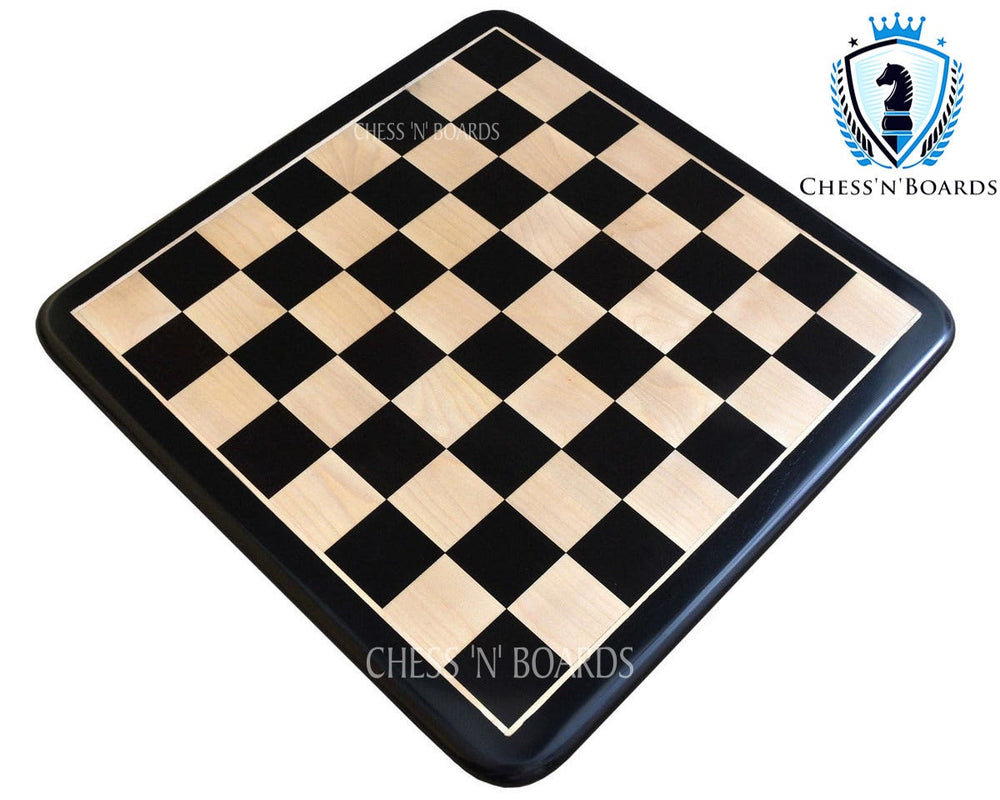
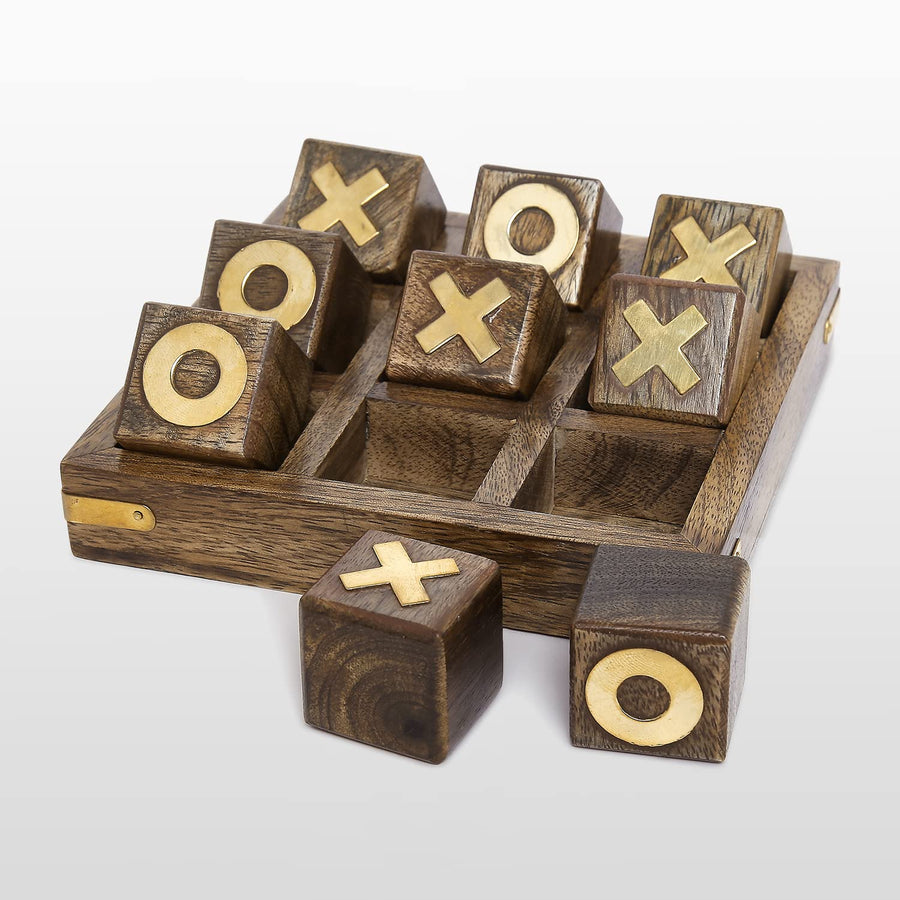
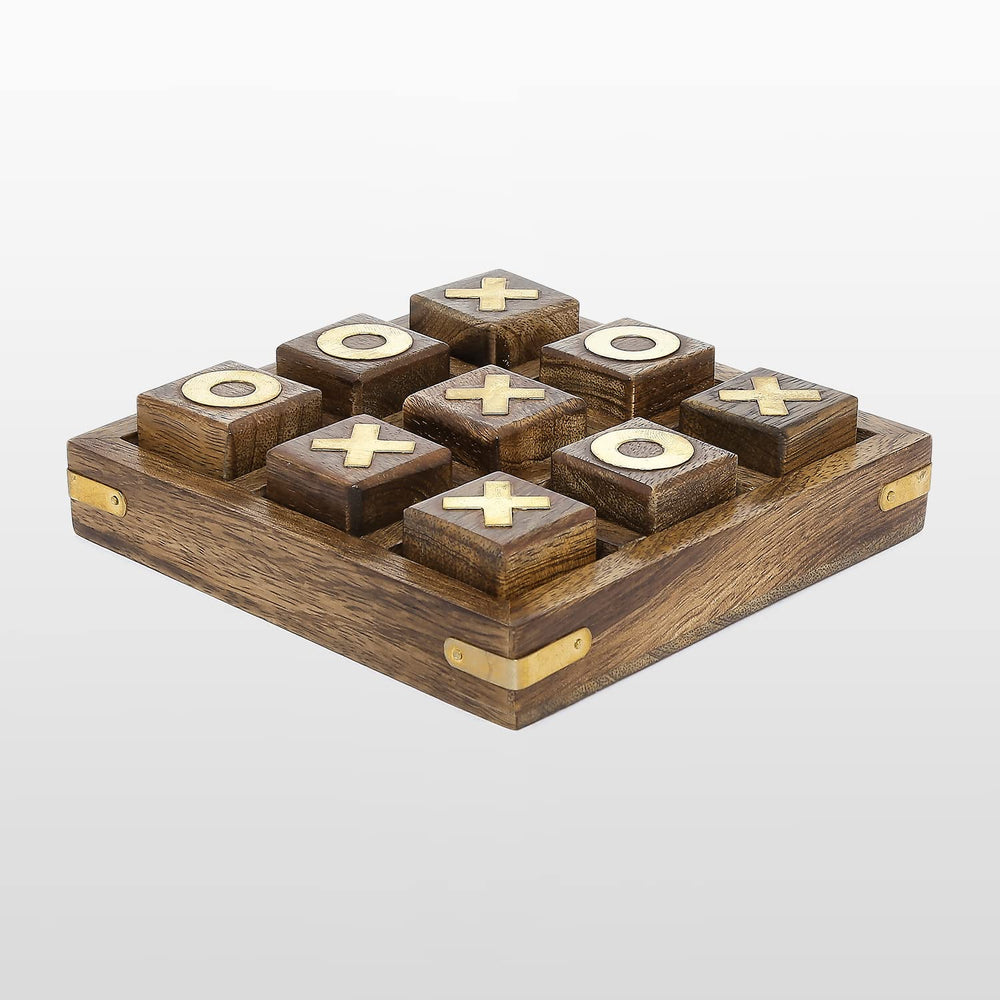
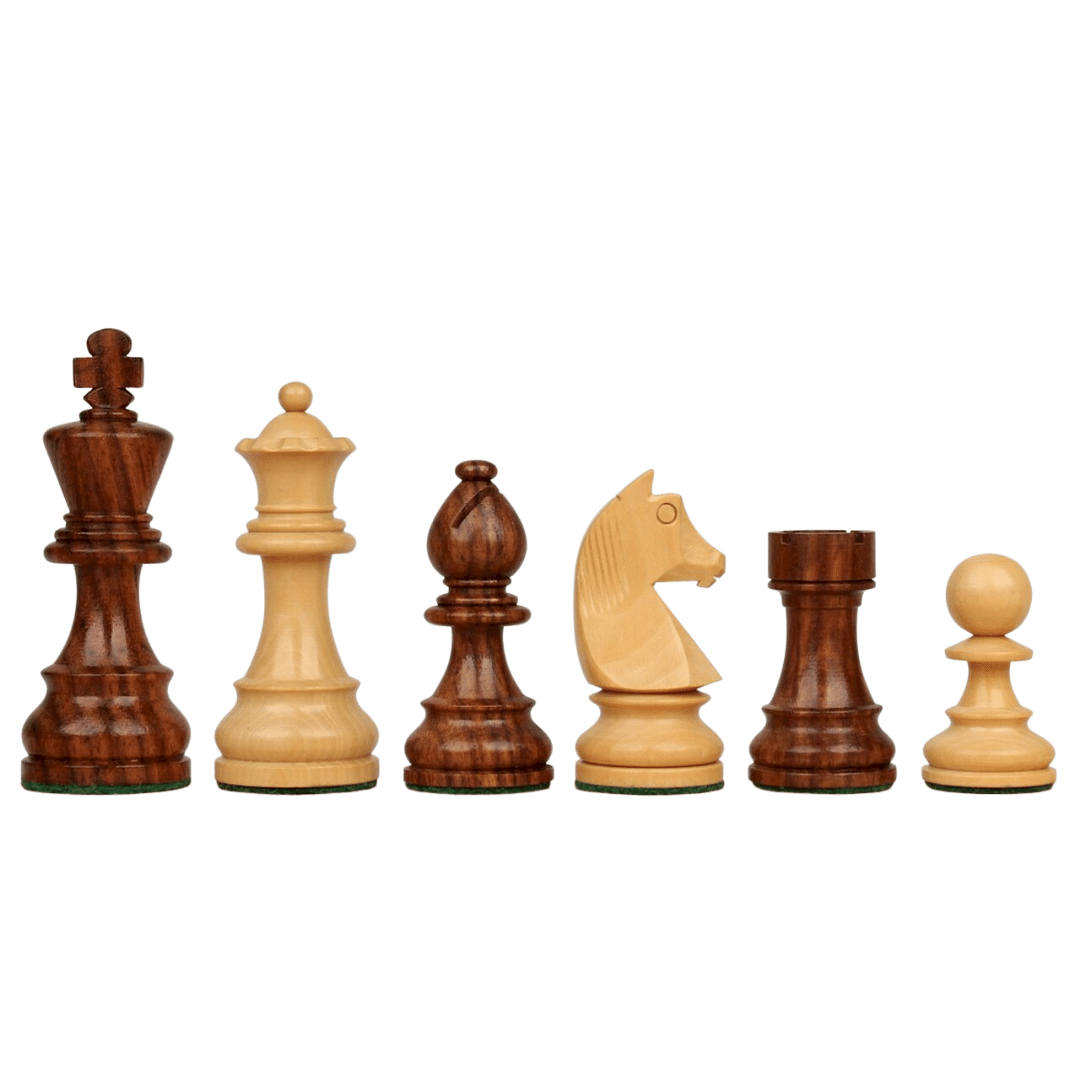
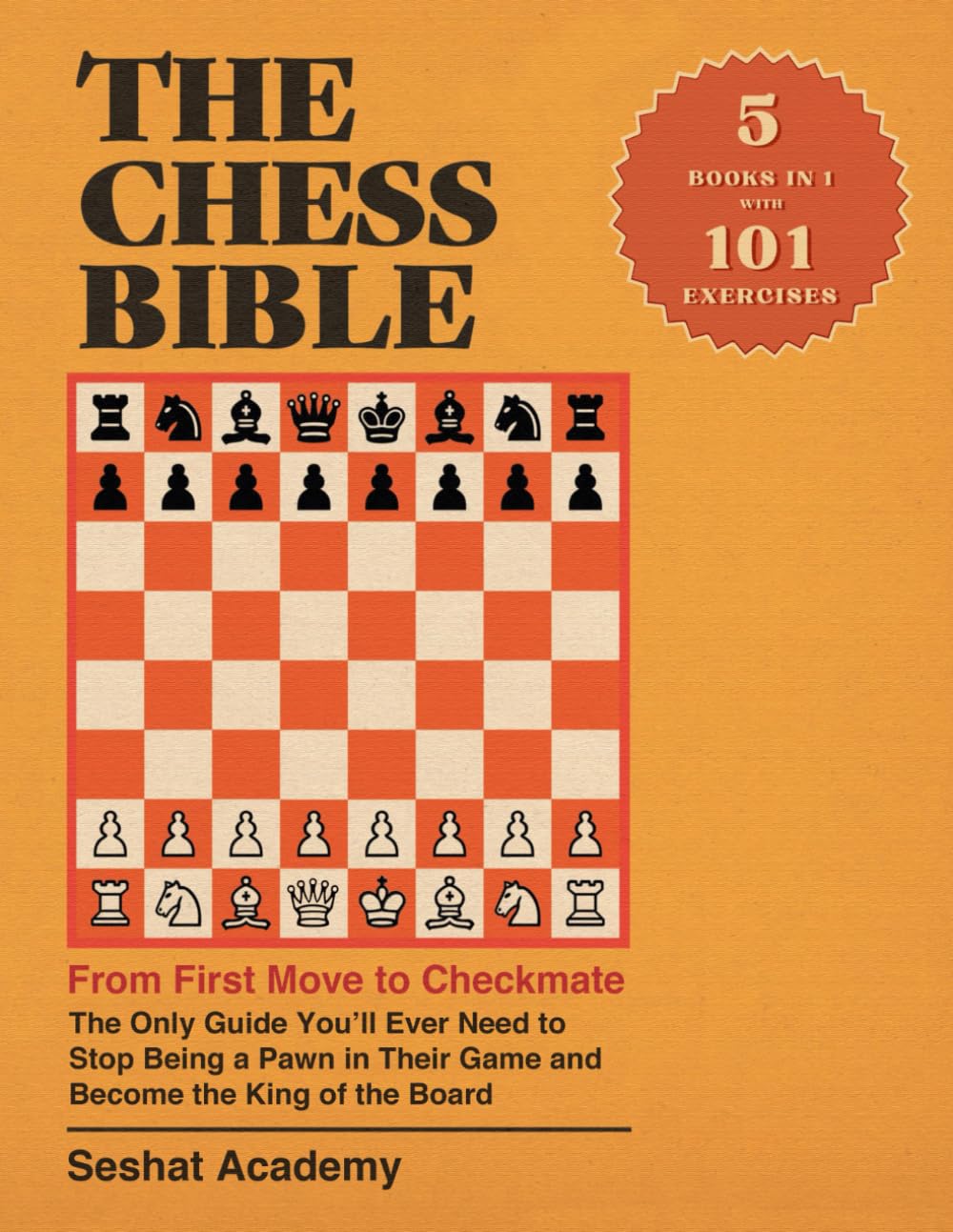
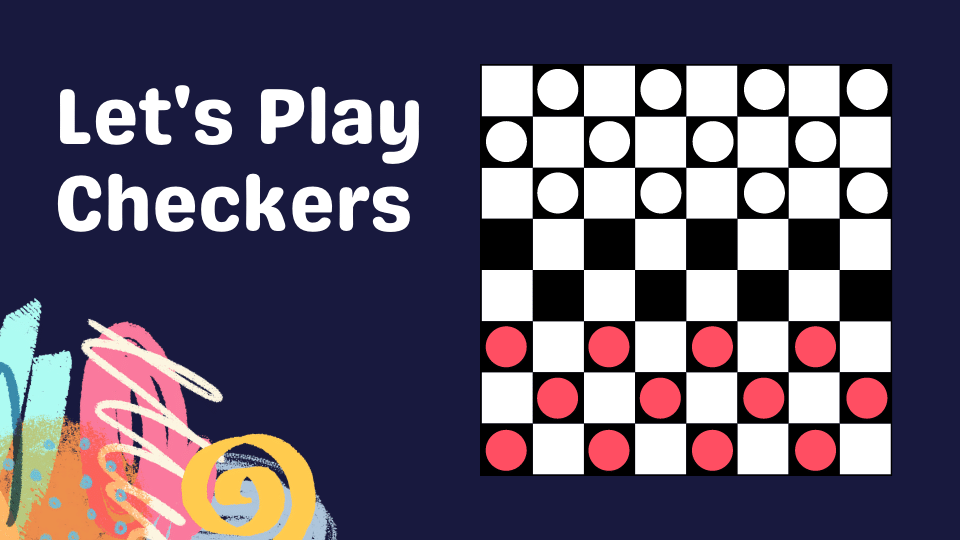
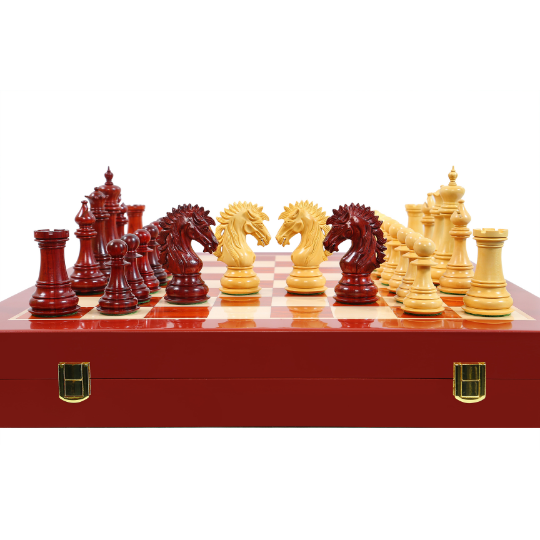
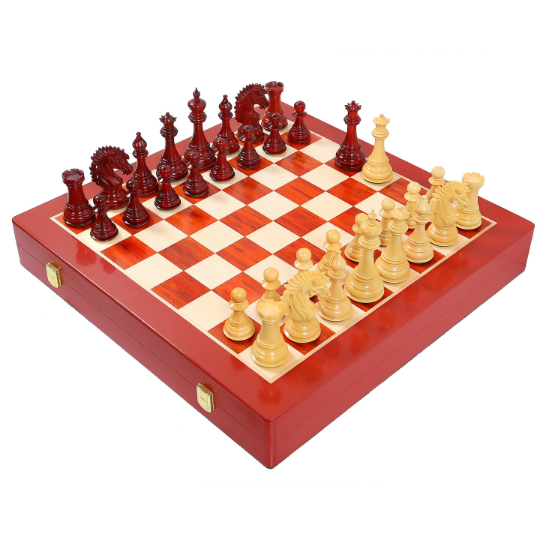
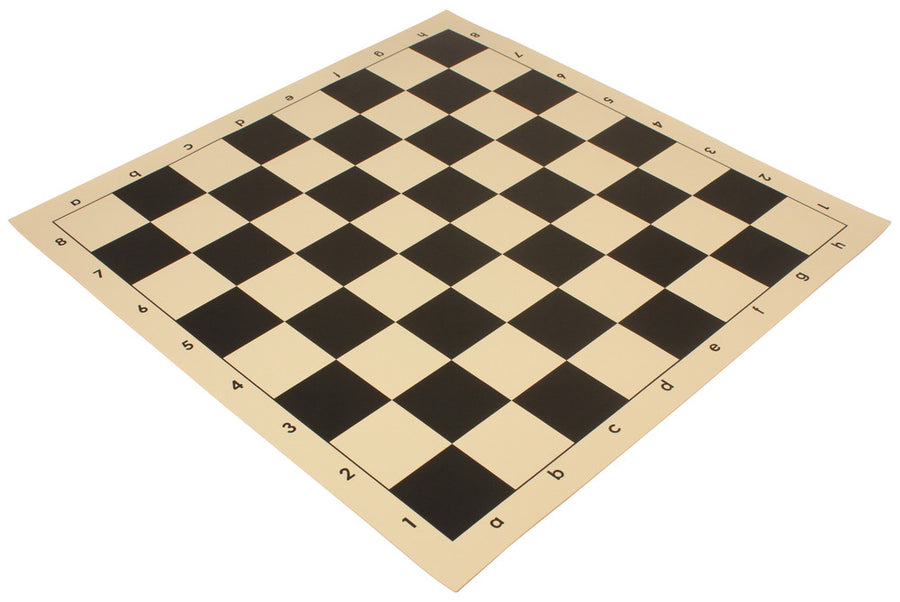
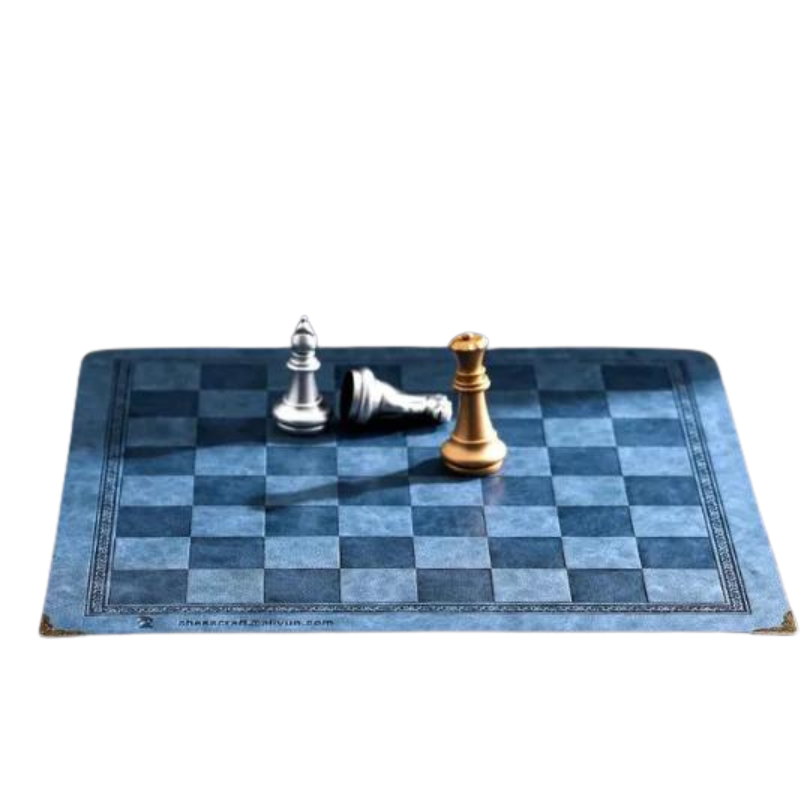
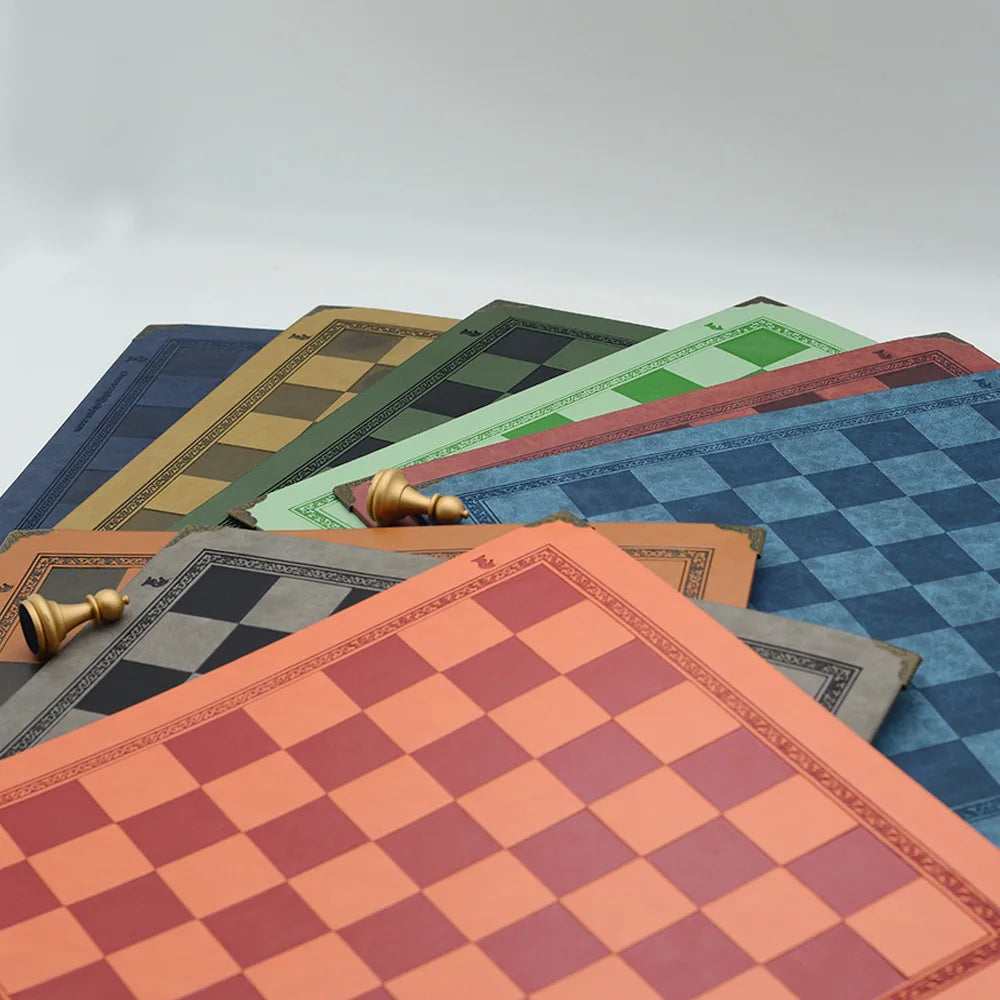
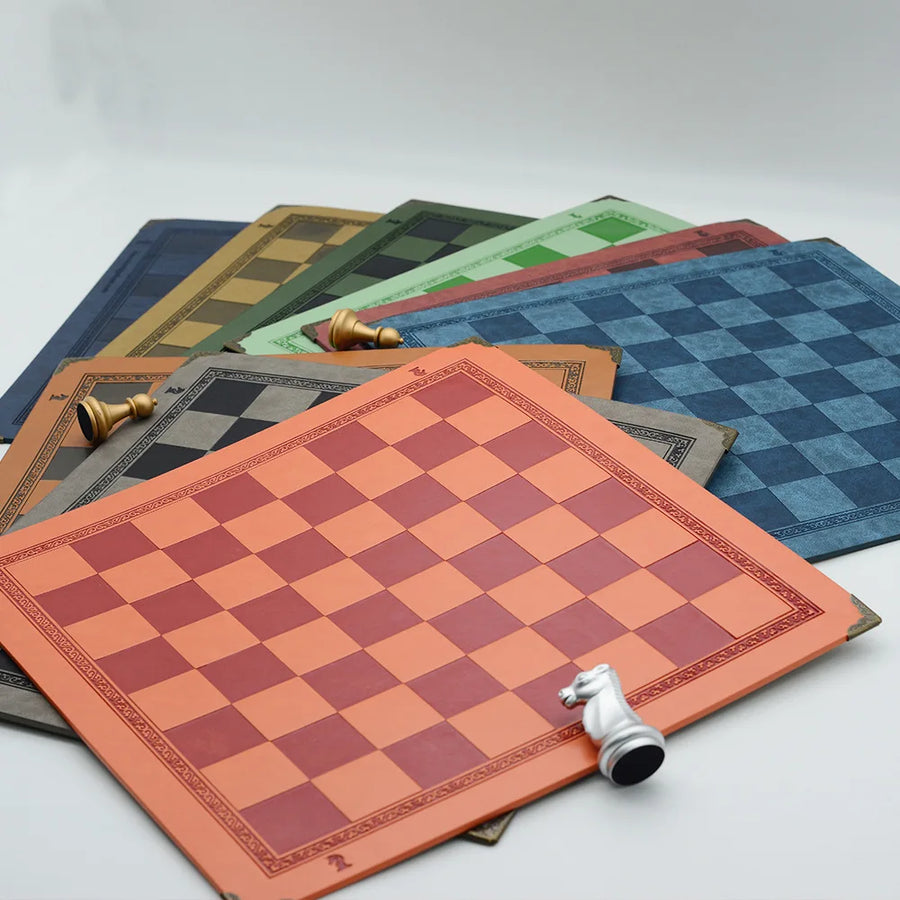
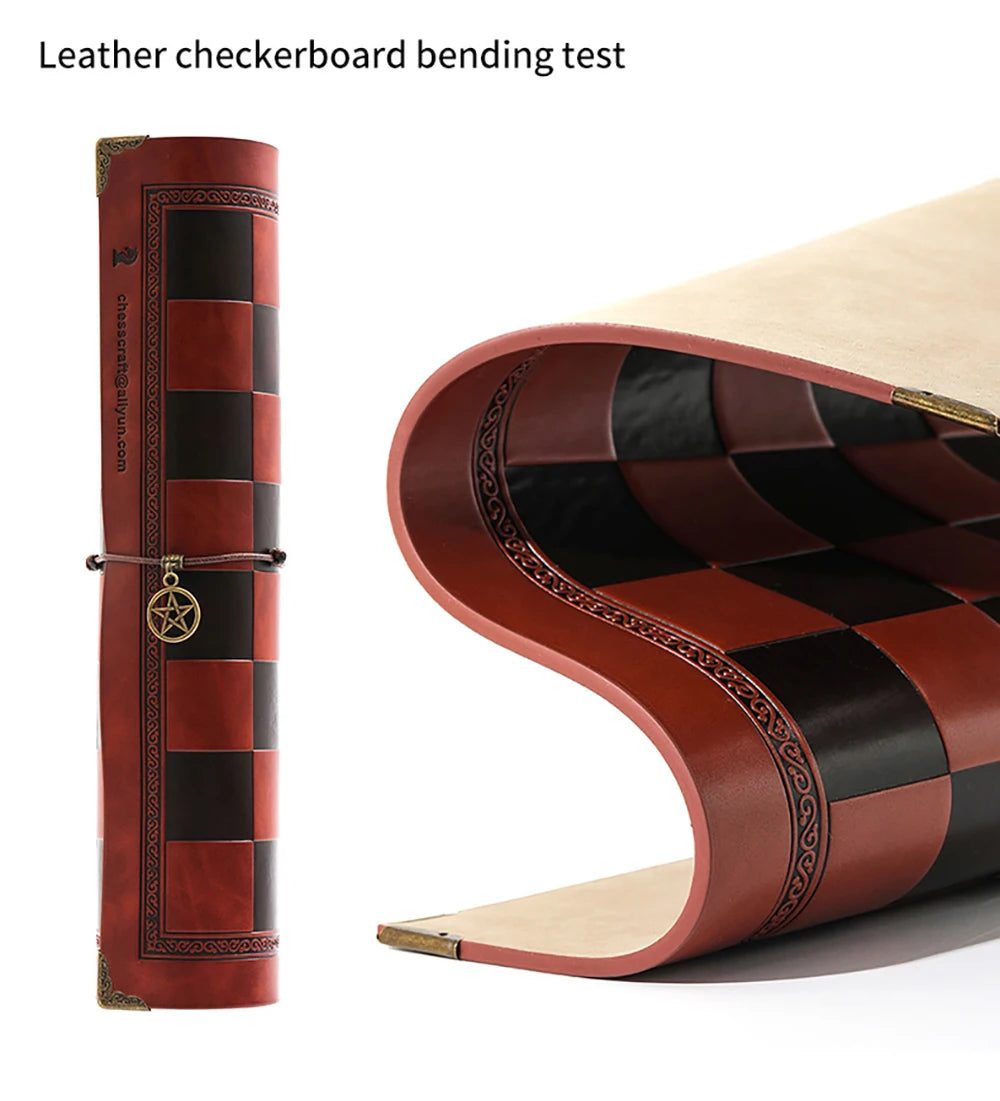
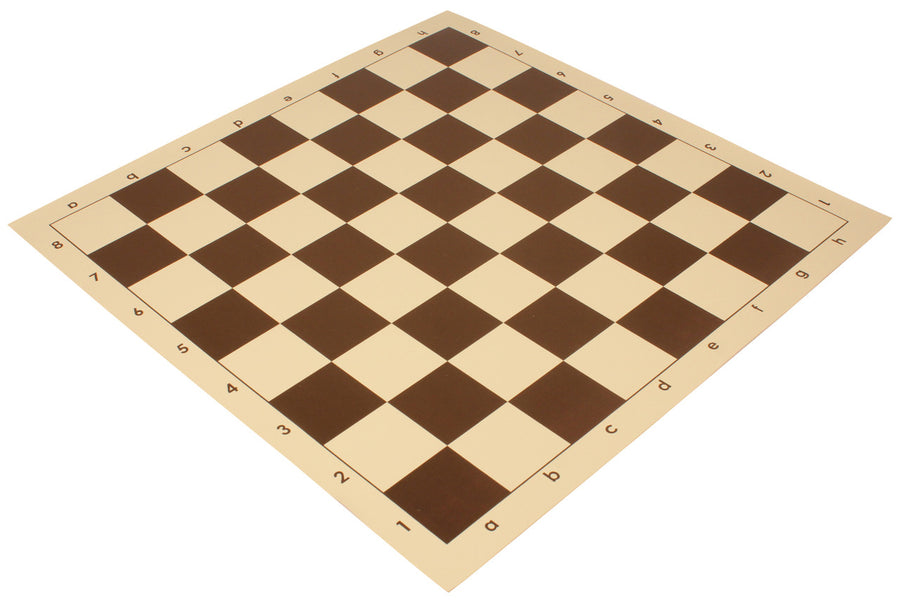
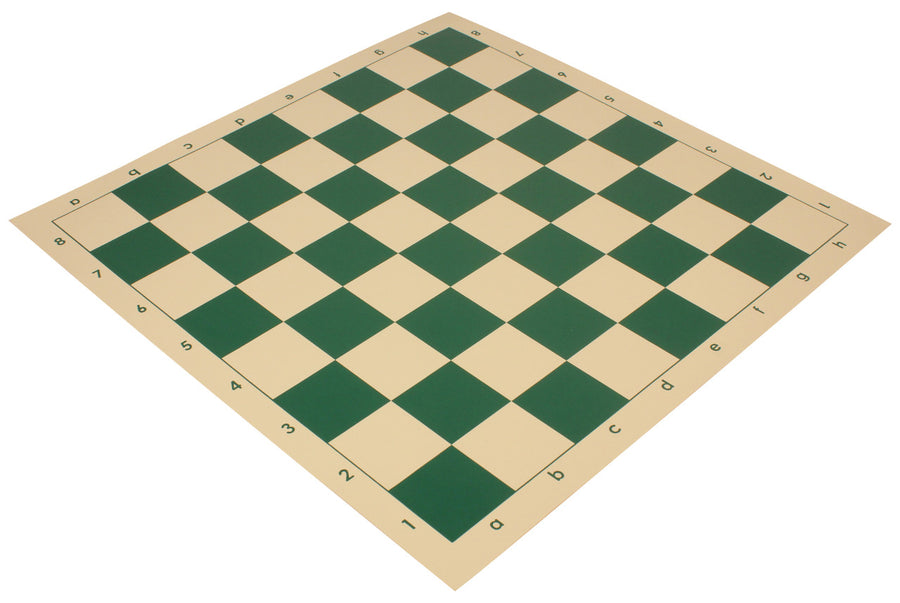
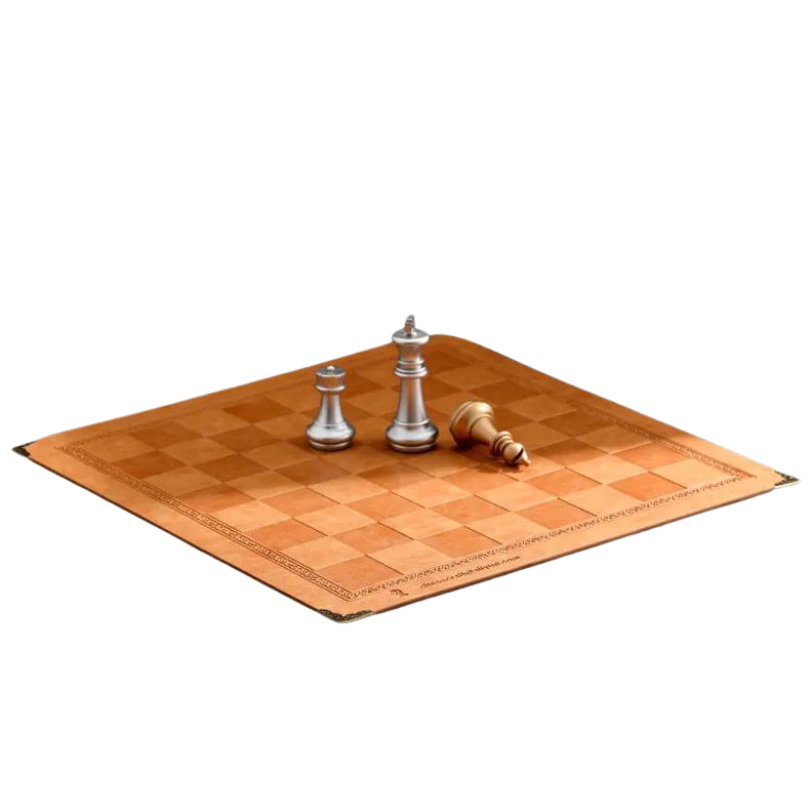
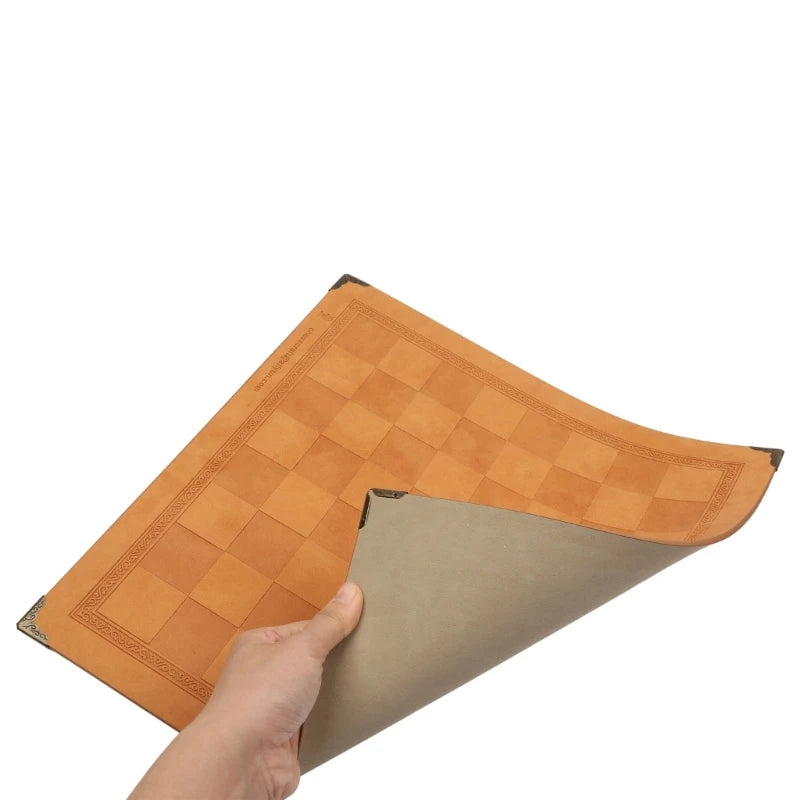
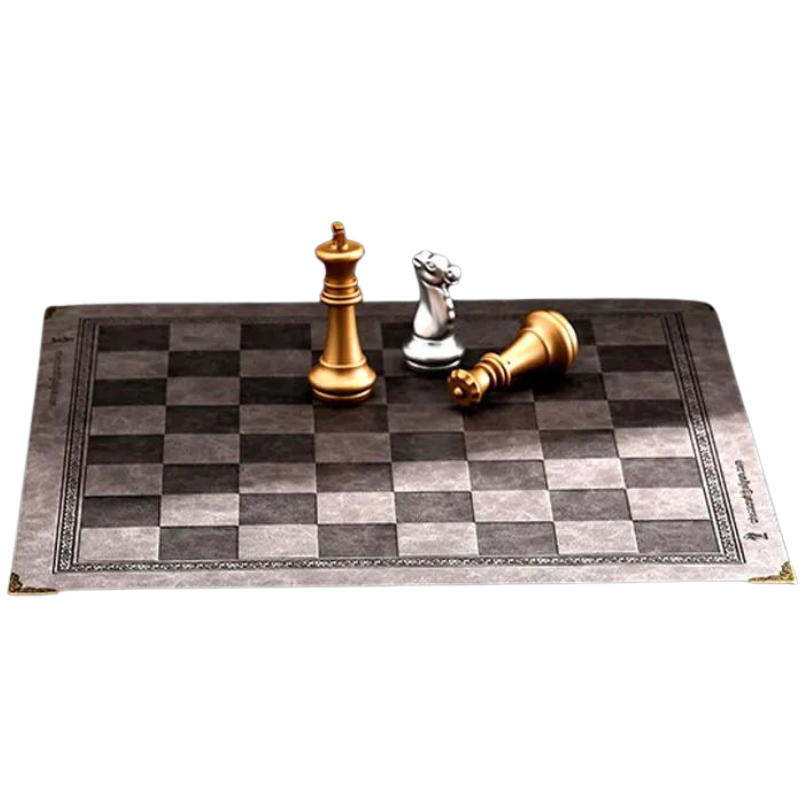
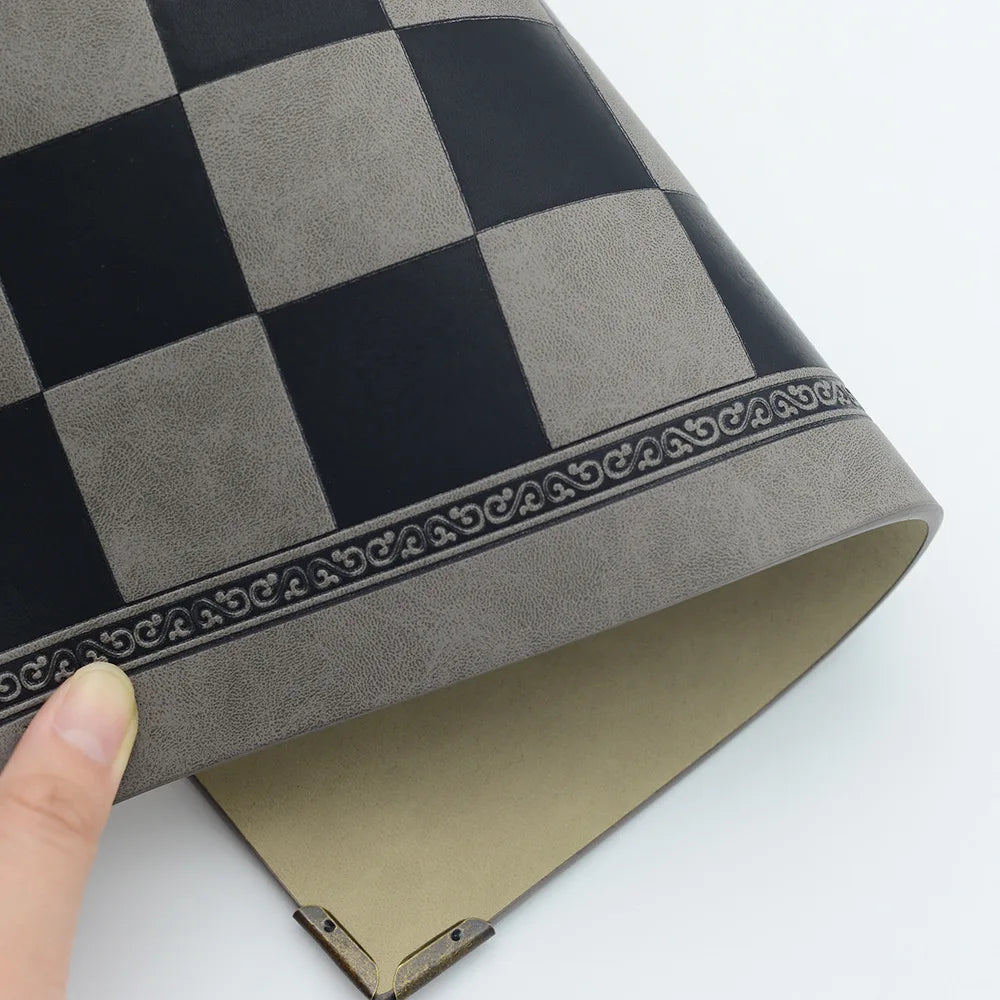













Leave a comment